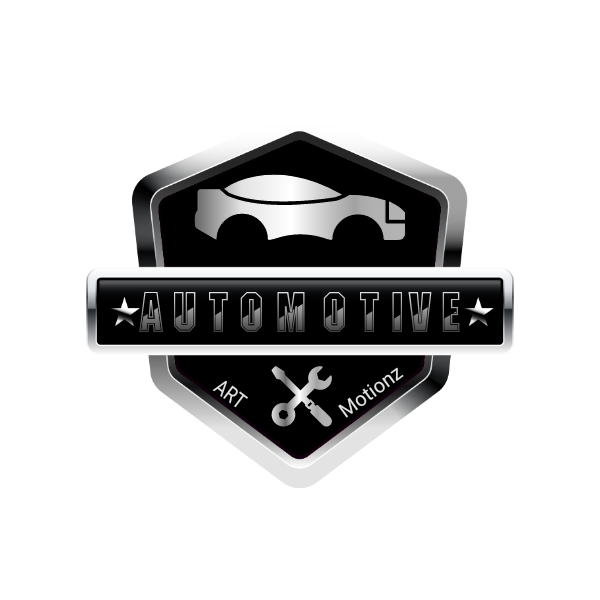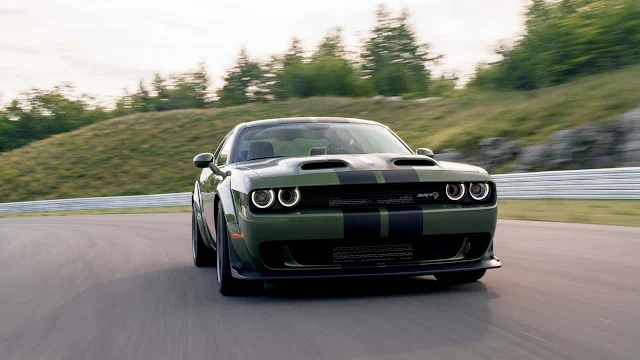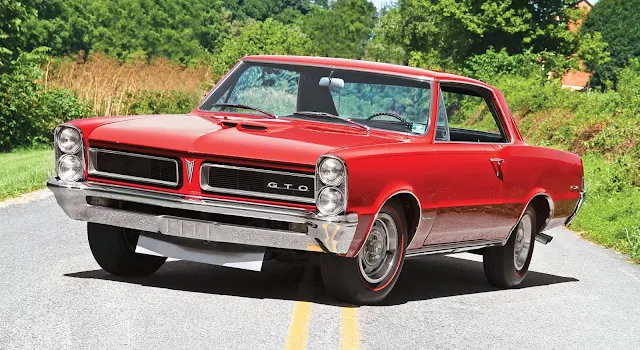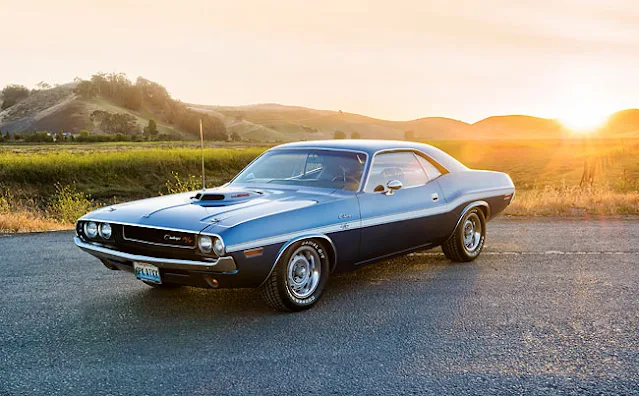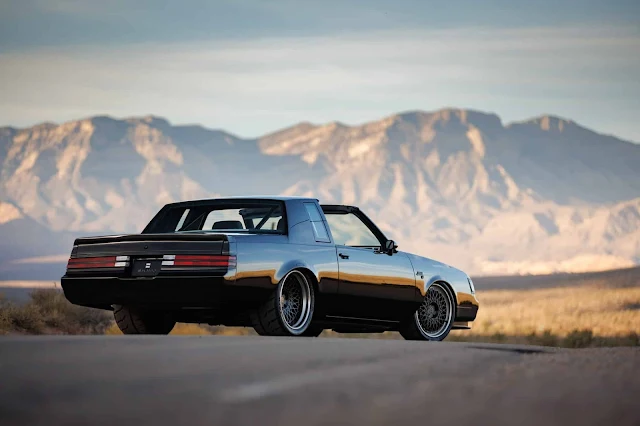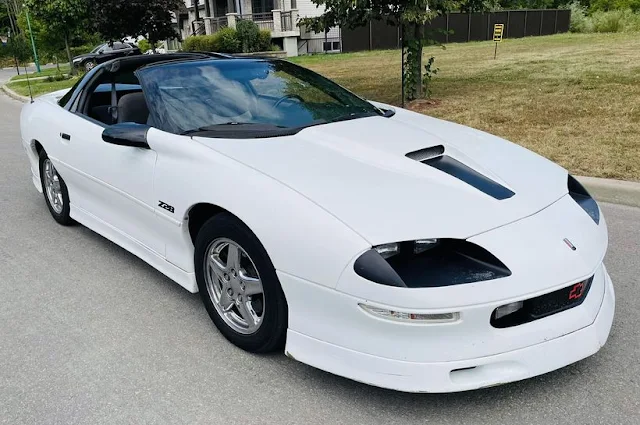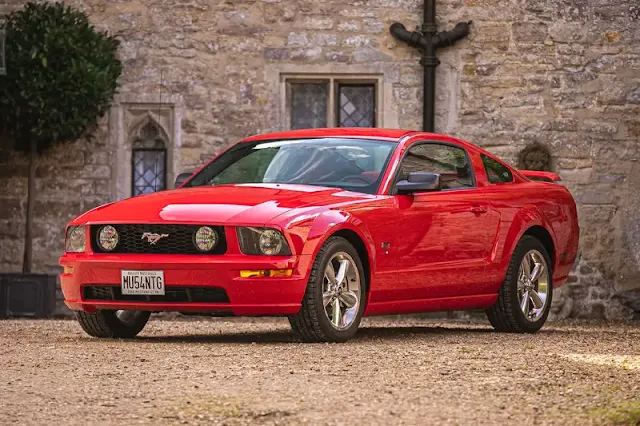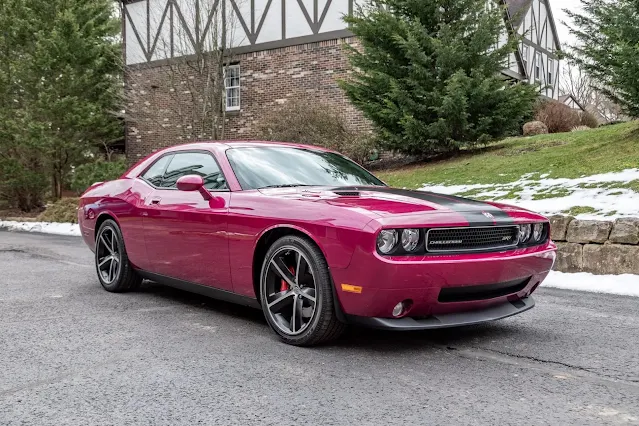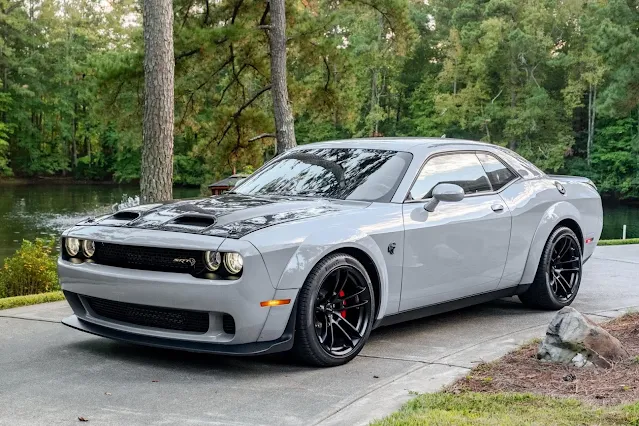The Most Dominant Muscle Car
Decade by Decade: Discover the Most Dominant Muscle Car
The Most Dominant Muscle Car of Each Decade: A Power-Fueled Journey Through Time
The muscle car, an emblem of American automotive culture, has captivated enthusiasts for generations with its blend of power, performance, and style. Each decade has witnessed the emergence of models that not only defined their era but also set benchmarks for power and performance. Let's embark on a high-octane journey through time to spotlight the most dominant muscle car of each decade.
1960s
Pontiac GTO (1964)
The 1960s muscle car era was ignited by the Pontiac GTO. Often hailed as the first muscle car, the 1964 GTO was a response to the growing demand for high-performance, street-legal cars. With a 389 cubic inch V8 engine, the GTO could muster 325 horsepower, and when equipped with the Tri-Power carburetion option, it leaped to 348 horsepower. The GTO combined power with aggressive styling, making it the blueprint for future muscle cars.
1970s
Dodge Challenger R/T 440 Six Pack (1970)
The 1970 Dodge Challenger R/T with the 440 Six Pack engine represents the pinnacle of the muscle car era's excess. The "Six Pack" referred to the three two-barrel carburetors mounted on top of the 440 cubic inch V8, unleashing 390 horsepower. In a time when muscle cars started facing strict emission regulations, the Challenger R/T stood out for its raw power, iconic design, and performance.
1980s
Buick Grand National GNX (1987)
The 1980s were a challenging time for muscle cars, with stricter emissions and fuel economy standards. However, the Buick Grand National GNX broke the mold. With a 3.8-liter turbocharged V6 engine, it produced 276 horsepower and 360 lb-ft of torque, numbers that were underreported to avoid overshadowing Corvette's performance. The GNX was a dark horse that could outrun many V8s of its time, making it a legend of the 80s.
1990s
Chevrolet Camaro Z28 SS (1996)
The 1990s saw a resurgence of the muscle car, and the Chevrolet Camaro Z28 SS was at the forefront. Powered by a 5.7-liter LT1 V8, the Z28 SS boasted 305 horsepower, bringing muscle car performance into a new era with modern engineering and technology. Its aggressive styling and performance enhancements made it a standout model of the decade.
2000s
Ford Mustang GT (2005)
The 2005 Ford Mustang GT heralded a return to the classic muscle car ethos with modern twists. It featured a 4.6-liter V8 engine that produced 300 horsepower and 320 lb-ft of torque, wrapped in a retro-inspired design that paid homage to Mustangs of the 1960s. This model rekindled the muscle car flame for a new generation, blending nostalgia with contemporary performance.
2010s
Dodge Challenger SRT Hellcat (2015)
The Dodge Challenger SRT Hellcat redefined what was possible in the muscle car world. With a supercharged 6.2-liter HEMI V8 engine, the Hellcat roared with 707 horsepower, making it the most powerful muscle car of its time. It combined classic muscle car aesthetics with unprecedented performance figures, cementing its status as an icon of American automotive engineering.
2020s
Dodge Challenger SRT Super Stock (2020)
Continuing its legacy of power, Dodge introduced the Challenger SRT Super Stock in 2020. With an upgraded version of the Hellcat's supercharged V8, now pushing out 807 horsepower, it's designed for drag racing but remains street legal. This car epitomizes the enduring allure of muscle cars: raw power, thrilling performance, and an iconic style that turns heads.
Only muscles
The journey through the decades reveals the evolution of the muscle car, from the ground-breaking GTO to the astonishing power of the Challenger SRT Super Stock. Each model reflects the technological, stylistic, and cultural shifts of its time, yet all share the muscle car's soul: the pursuit of power and the love of driving. As we look forward to future innovations, the muscle car legacy is assured, driven by a passion for performance that burns as fiercely as ever.
